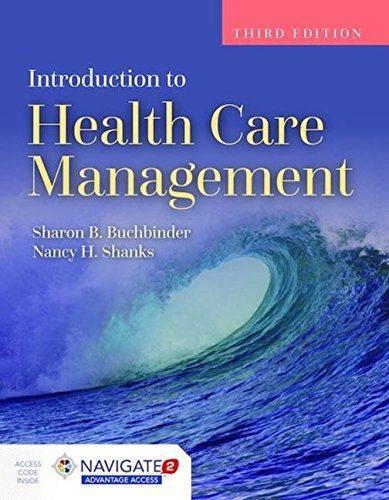Question
You are an intern with Washington state's Office of Financial Management. One of their current projects is how food stamp program participation affects the state
You are an intern with Washington state's Office of Financial Management. One of their current projects is how food stamp program participation affects the state budget. Food stamps, now officially called Supplemental Nutrition Assistance Program (SNAP), are 100% funded by the federal government, but the state has to pay 50% of the administrative costs and recipients' school-age children automatically qualify for free school lunch program and free school breakfast. As part of the project, your boss asks you to look at how unemployment affects the use of the food stamp program (FSP). You have found yearly data on states' food stamp program participation and unemployment from 1988 to 2007. To help you, your boss has outlined the steps you need to go through.
The problem sets provide you opportunities to apply the statistical concept to real-world applications that emphasize why we care about this. You also have a chance to use statistical software to handle data and interpret results.
Q1) A 1 (one) percentage point increase in a state's food stamp program participation is equal to a change of [ Select ] ["0.001", "1.0", "0.01", "0.1"] in the variable"fsp.rate".
Q2)Do descriptive statistics on the state unemployment rate (unempr). This tells you that the average percent unemployment in the data is approximately:
Group of answer choices
0.0051%
51%
0.51%
5.1%
0.051%
Q3)Your descriptive statistics on the state food stamp program participation rate (fsp.rate) tells you that the average percent of the population that are on food stamps equals approximately
Group of answer choices
21.7%
0.83%
8.3%
0.083%
28.9%
Q4)What is the maximum percent of a state's population that was on food stamps in the data?
Group of answer choices
5.8%
11.39%
56%
21.68%
Q5) You run a regression with food stamp program participation ("fsp.rate") as the dependent variable (Y) and unemployment ("unempr") as the explanatory variable (X).
Which of the values below best matches your b1(slope parameter) result?
Group of answer choices
0.018
1.25
1.36
0.25
Q6)The estimated coefficient for the explanatory variable in the regression model you just ran tells us that for every [ Select ] ["0.01 percent", "0.01 percentage points", "1 percentage point", "1 extra person"] increase in unemployment, we expect the participation in the food stamp program to [ Select ] ["increase", "remain the same", "decrease"] by [ Select ] ["12.5", "1.25", "0.00125", "0.0125", "0.125"] [ Select ] ["percentage points", "people", "adults", "percents"] .
Q7)Say that our null hypothesis is that the effect of unemployment on food stamp participation is equal to zero and that the alternative hypothesis is that it is not equal to zero. Using a significance level of 5% we [ Select ] ["cannot", "can"] reject the null hypothesis because the [ Select ] ["estimate", "Pr(>|t|)", "t value", "standard error"] is [ Select ] ["greater than", "equal to", "less than"] [ Select ] ["5.0", "50", "0.5", "0.05"] .
Q8)We want to know what the predicted percent participation in the food stamp program for a state with 8% unemployment. Using your regression results which of the numbers below do you think is the predicted percent participation. You *can* use R but it is probably faster to just calculate the number using your calculator. If you are using R, this is how you call a coefficient:
coef(modelName)["coefficientName"]
The coefficientName is exactly as it is written in the summary.
Group of answer choices
1.004%
11.83%
10.04%
0.1183%
Q9)The R-squared for your regression model is [ Select ] ["0.0577", "470.8", "0.0263", "0.3161"] . This means that the variation in [ Select ] ["unemployment", "SNAP participation"] explain [ Select ] ["31.5", "1.8", "21.7", "5.7"] percent of the variation in [ Select ] ["unemployment", "SNAP participation"] .
https://docs.google.com/spreadsheets/d/1XzbqOpasgxqHZlViPlO-SnpSfEwTMM6B/edit?usp=sharing&ouid=112256274931170174923&rtpof=true&sd=true
Step by Step Solution
There are 3 Steps involved in it
Step: 1

Get Instant Access to Expert-Tailored Solutions
See step-by-step solutions with expert insights and AI powered tools for academic success
Step: 2

Step: 3

Ace Your Homework with AI
Get the answers you need in no time with our AI-driven, step-by-step assistance
Get Started


